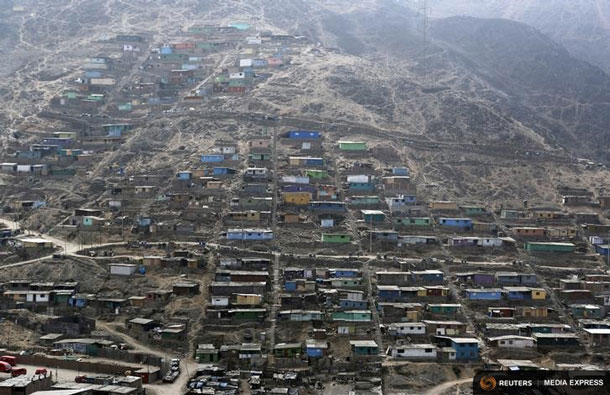

TORONTO (Thomson Reuters Foundation) – Residents of the Central Andes mountains in Peru and Bolivia, already short of water, could see rainfall decline by up to 30 percent by the end of the century, a new Swiss study said.
Even the next 20 years could see a noticeable drop in rainfall, with potentially dangerous effects on farmers and poor consumers, as drinking water could become more expensive in a region where life is already a struggle for many.
University of Zurich scientists and South American researchers compared data taken from tree rings going back 1,000 years with current data on climate models and wind patterns to reach their conclusions in the study published on Monday.
“Our model simulations suggest that the probability of dry years between 2017 and 2100 will be four times higher than the pre-industrial era,” lead author Raphael Neukom said in a statement.
Part of the reason for the reduced rainfall is that increased greenhouse gas emissions are changing wind patterns over the Central Andes, reducing the flow of humid air from the Amazon region into the mountains and thus causing increased dryness, Neukom said.
Deforestation in the Amazon rainforest, and lower levels of meltwater coming from glaciers, could exacerbate the problem, scientists said.
Local residents need help to adapt to lower levels of rainfall, including artificial ponds to collect water, and other mitigation techniques, researchers said.
(Reporting By Chris Arsenault, editing by Tim Pearce. Please credit the Thomson Reuters Foundation, the charitable arm of Thomson Reuters, that covers humanitarian news, women’s rights, trafficking, corruption and climate change. Visit www.trust.org)





